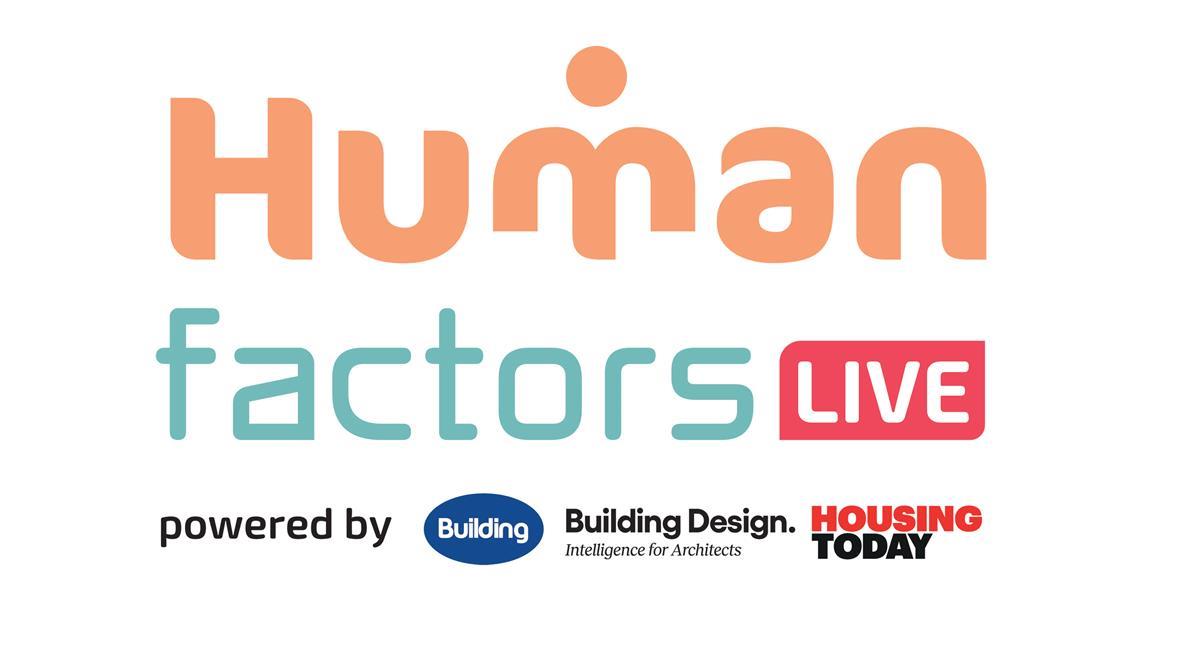Covid can survive on stainless steel for three days – but only for a few hours on copper alloys. Eleanor Jolliffe looks at how the pandemic might change the way we specify

Coronavirus is beginning to look like it will impact daily life for much longer than most of us could have anticipated. It seems silly to prophesy exactly how it will change practice life and work flows, but politicians are already talking about needing to implement social distancing and public health measures for the foreseeable future. Face masks may soon become as de-rigueur on London tube trains as in Beijing on its smoggiest days, and plexiglass screens may become as standard a part of shop fit-outs as the shelving.
Architecture, especially that of public buildings unquestionably has a duty to consider its role in helping to inhibit the spread of contagious diseases – especially as we are now so painfully aware of the costs to life, society and the economy that can result.

To take a more specific example, I recently read an interesting article about a study published in the New England Journal of Medicine examining the durability of covid-19 on surfaces and in the air. It tested the durability of covid-19 on four surfaces – copper, cardboard, plastic and stainless steel; finding that all detectable covid-19 was gone after four hours on copper, within 24 hours on cardboard and up to three days on plastic and stainless steel. This result followed patterns observed in studies for other contagious viruses such as Sars and Mers.
The antifungal and antibacterial properties of copper might not be news to you. It has been used since at least ancient Egyptian times for drinking vessels and for sprinkling on wounds to speed healing. Additionally, because of the way copper kills viruses, it is highly unlikely that viruses will be able to mutate to become copper-resistant.
Taking into account the reduced costs of treatment, the payback time for installing copper fittings in hospitals is just two months
Before everyone rushes to specify brass door furniture, however, a study by the University of Leicester found that the salt in sweat from people’s hands can corrode the copper in brass objects, forming an oxide layer on the surface that can inhibit the antibacterial effect of the copper. They suggest that in highly trafficked areas a maintenance regime is necessary to keep the handles “working”, or that copper alloys with corrosion inhibitors should be used. The study does conclude however that “anywhere that needs to prevent the spread of bacteria, such as public buildings, schools and hospitals should be looking at using copper alloy on everyday items to help in avoiding the spread of disease”.
Of course copper alloys are more expensive than stainless steel, but a study by the University of York health economics consortium showed that, taking into account the reduced costs of shorter patient stay and treatment, the payback time for installing copper fittings into hospitals is just two months. Arguments have also been made for copper hospital beds that harbour 95% fewer bacteria than conventional hospital beds.
PLP are clearly aware of this research as their Francis Crick Institute near St Pancras in London has copper alloy door furniture installed throughout. For those interested in exploring this further several major ironmongery manufacturers have a range of copper alloy door furniture available on their websites, so to include this in specification is not as complex a task as it might appear.
This is, of course, a rather in-depth consideration of just one rather simple example of how architects might engage with inhibiting disease spread. However, if controlling the spread of highly contagious diseases becomes a key consideration of life post-lockdown, architects have a duty to be aware of the research and to engage with academia both architectural and medical. Given that each of us spends roughly twice as long at university as the standard bachelor’s degree student, engaging with academic findings is certainly not beyond our abilities.
















2 Readers' comments